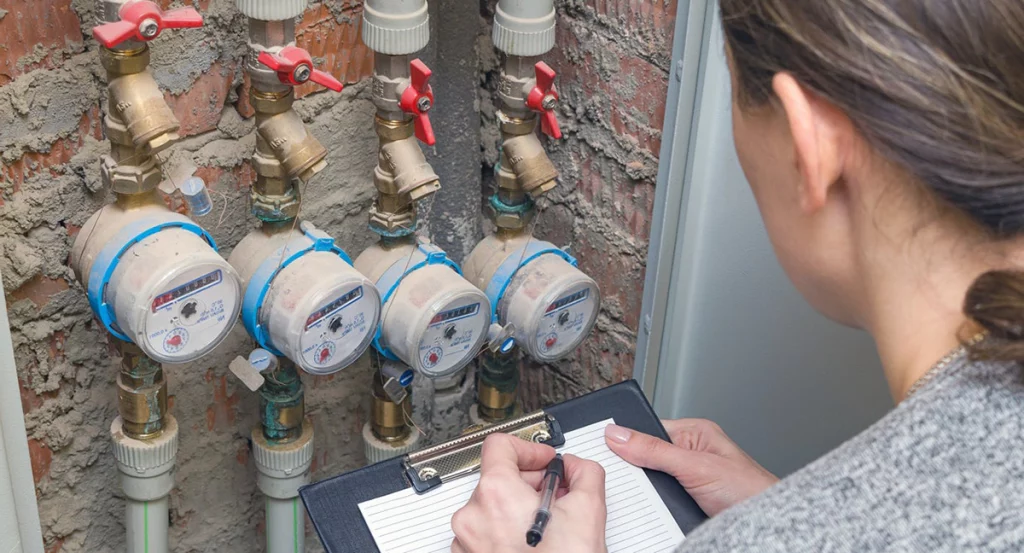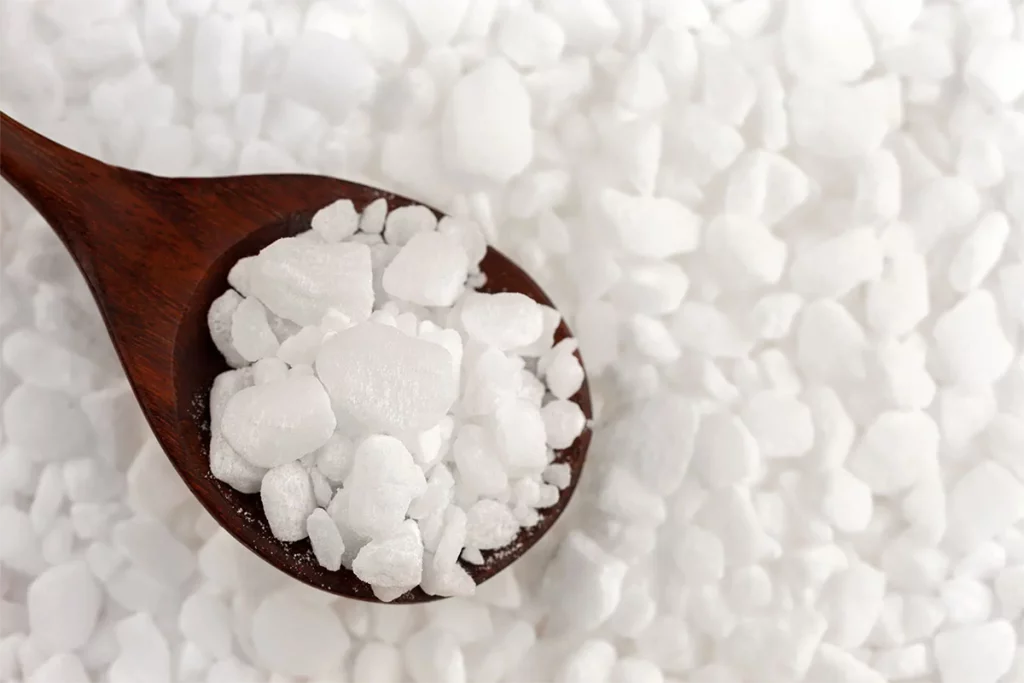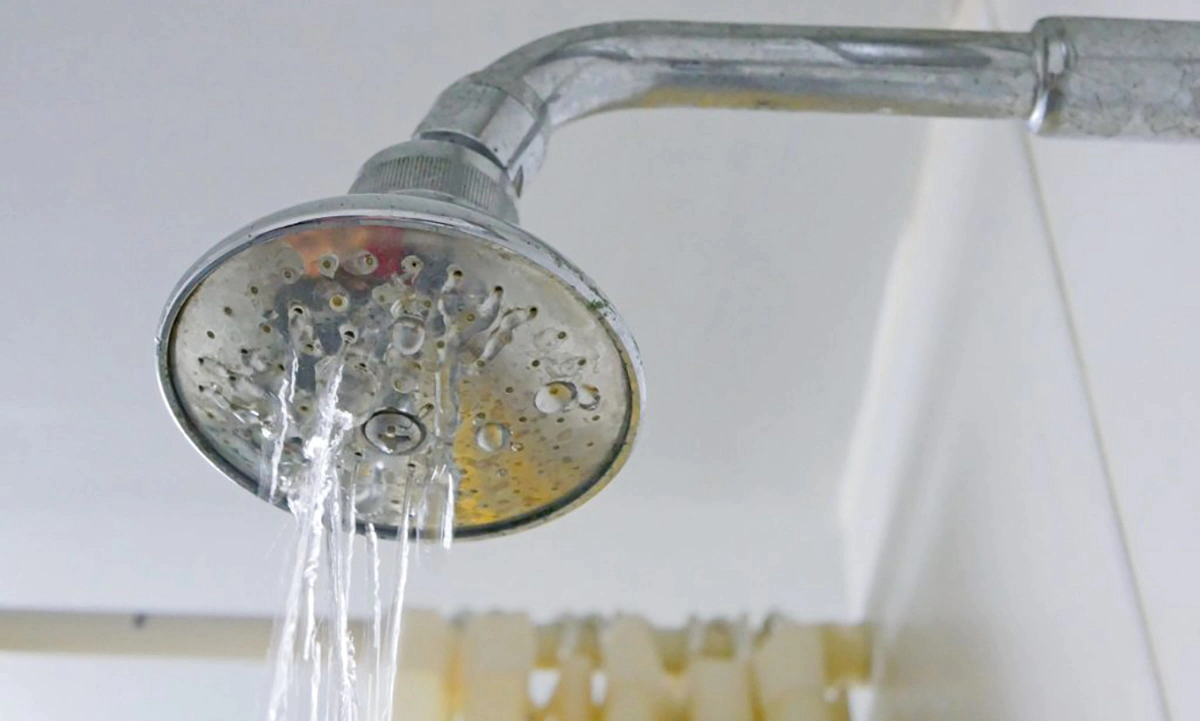If you’ve ever experienced the frustration of weak water pressure while taking a shower or trying to wash dishes, you know how important it is to have a consistent and strong water flow. Low water pressure can be a bothersome issue, but fear not – there are effective solutions to tackle this problem. In this article, we’ll delve into the root causes of low water pressure, highlight the significance of adequate water flow, and provide you with practical solutions troubleshooting low water pressure in house.
Contents
What Causes Low Water Pressure
Low water pressure can be attributed to various factors, which include both external and internal issues. These can include issues with the municipal water supply, faulty plumbing installations, or internal problems within your home. Some common culprits include:
- Pipe Corrosion: Over time, pipes can corrode or develop mineral deposits, restricting water flow.
- Blockages: Debris, sediment, or mineral buildup can clog pipes, reducing water pressure.
- Faulty Pressure Regulator: A malfunctioning pressure regulator can lead to inconsistent water pressure. This component is responsible for maintaining a steady flow of water throughout your plumbing system.
- Faucet Aerators: Clogged or damaged faucet aerators can hinder water flow.
- Supply Valve Problems: Faulty water supply valves may not allow sufficient water into your home’s plumbing system.
Importance of Adequate Water Flow
Adequate water flow is essential for various household activities, from showering and dishwashing to laundry and gardening. Insufficient water pressure can lead to frustration and inefficiency in these tasks, disrupting your daily routine.
Solutions for Low Water Pressure
From quick and easy fixes that you can implement yourself to more intricate adjustments that might require professional assistance, these solutions address various underlying causes of low water pressure.

Checking Water Supply Valves
Start by ensuring that the water supply valves leading to your home are fully open. Sometimes, valves may inadvertently be partially closed, affecting water flow. Turn them fully counterclockwise to allow maximum water supply.
Clearing Blockages in Pipes
If blockages are suspected, it’s time to address them. Turn off the water supply, and using a plumber’s snake or a pipe-cleaning solution, clear out any debris or mineral buildup that might be obstructing water flow.
Pressure Regulator Adjustment
Inspect your pressure regulator and adjust it if necessary. A faulty regulator can result in inconsistent pressure. Consult your user manual or consider seeking professional assistance to ensure the regulator is set correctly.
Fixing Faucet Aerators
Clean or replace clogged or damaged faucet aerators. These small attachments at the end of faucets can accumulate sediment and affect water pressure. Simply unscrew the aerator, clean it thoroughly, and reattach it.
Clean or Replace Corroded Plumbing
For pipes suffering from corrosion or mineral deposits, consider professional plumbing services to clean or replace the affected sections. This can significantly improve water flow and pressure.
Preventive Measures to Maintain Consistent Water Flow
Prevention is often the key to avoiding future episodes of low water pressure. By implementing these proactive measures, you can ensure that your plumbing system remains in optimal condition, providing you with a steady and reliable water flow for years to come.

- Regular Maintenance: Schedule periodic inspections of your plumbing infrastructure. Identifying and addressing potential issues early can prevent them from escalating into major problems that affect water pressure. Regular maintenance also involves checking for leaks, corrosion, and any signs of blockages.
- Water Softening: If your area has hard water – water with a high mineral content – consider installing a water softener. Hard water can lead to mineral deposits accumulating in your pipes over time, reducing water flow. A water softener will help prevent these deposits and maintain unrestricted water movement.
- Flushing the System: Periodically flush your plumbing system to clear out sediment, debris, and mineral buildup that may accumulate in the pipes. Flushing can significantly enhance water flow and prevent potential blockages.
- Professional Inspection: Enlist the services of a professional plumber for a thorough inspection of your plumbing system. A professional can identify potential problems, offer expert recommendations, and perform necessary maintenance tasks that might be beyond your expertise.
- Updating Fixtures: Outdated fixtures, such as faucets and showerheads, might not be designed for optimal water efficiency. Consider updating to newer, water-efficient fixtures that maintain water pressure while conserving water usage.
Conclusion
Dealing with low water pressure can be frustrating, but understanding the causes and implementing effective solutions can bring back the consistent water flow you need for your daily activities. From addressing blockages and faulty regulators to preventive measures, there’s a solution for every situation. By taking proactive steps, you can ensure that your home’s water pressure remains reliable and efficient.
FAQ about low water pressure
Low water pressure can result from factors like blockages in pipes, corroded plumbing, and faulty pressure regulators.
House low water pressure solutions include clearing blockages, adjusting pressure regulators, fixing faucet aerators, and maintaining your plumbing system.
No, low water pressure can result from various factors including pipe corrosion, blockages, and internal plumbing issues, not solely from municipal supply problems.
Pressure-boosting systems can be beneficial for properties with consistent low water pressure, but their suitability depends on factors like property size, plumbing layout, and water usage patterns.
If you observe a sudden decrease in water pressure along with damp spots, water stains, or water wastage, it might indicate a plumbing leak. Low pressure due to other factors often affects multiple fixtures.



